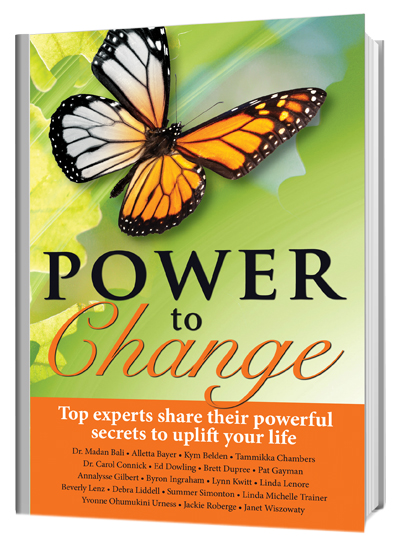 June 18, 2016
June 18, 2016 Toxins - how to reduce your exposure
This is a guest post from the Mesothelioma Prognosis Network, an advocacy group that offera free services and information on the illnesses caused by asbestos exposure, such as mesothelioma cancer.

Cancer Causing Toxins
Environmental toxins are all around us. They are in the air we breathe, the water we use and the food we eat, virtually inescapable in our daily lives.
We rarely see, smell or feel many of them until the damage is done. So to protect yourself as best you can, vigilance is key.
Asbestos is one of the sneakiest and most threatening of the toxins, a naturally occurring mineral that once was used extensively throughout much of the 20th century. It was mined, processed and mixed with hundreds of everyday products used in the building of America. It was versatile, affordable and lauded for its ability to strengthen, insulate and fireproof most anything — a seemingly wondrous resource.
Unfortunately, it also was toxic. A fact that slowly came to light, leaving behind an endless trail of serious health problems for those who worked with it, lived near it and played with it.
Although the use of asbestos has dropped significantly in recent decades, it remains throughout our society today, a danger still lurking in the shadows. The longer it ages, the more dangerous it becomes, causing a myriad of problems, including lung cancer, asbestosis and mesothelioma.
Asbestos is just one example of the dozens of environmental toxins among us.
Some are a byproduct of the industrialized world in which we live. Others come naturally. Together, they have been linked to a wide variety of cancers, cardiovascular disease, osteoporosis, respiratory illnesses, allergies, body rashes, cognitive impairment, sensory and motor dysfunction.
In The Water:
Traces of pesticides, herbicides and refrigerants found in chlorinated drinking water are linked to an increased risk of breast cancer. Cyanobacterial toxins in city water cause a variety of health issues. Chloroform, arsenic, lead, mercury and cadmium are found in water we drink, but often we never know.
In The Air:
Airborne toxins can travel great distances. Power plants spew nitrates, sulfates and mercury. Volatile organic compounds, which are in many household products, make indoor air much more dangerous than being outside.
In the Food:
Toxins work their way into the food chain. Freshwater fish, produce, beef, pork and chicken are known to contain traces of dioxins, which are chemical compounds formed from waste disposal. Pesticides from runoffs often find their way into commercially raised meat.
Humans can deal with low levels of toxins naturally and effectively, but when the levels are too high, they become absorbed, and problems arise. The trick is limiting exposure as much as possible.
A Few Tips to Follow:
- Have your tap water tested, and if needed, install an appropriate water filter.
- Avoid artificial food additives and processed foods. Eat organic produce and free-range meat.
- Avoid artificial air fresheners or synthetic fragrances that pollute the air. Switch to natural toiletry items like toothpaste, perfumes and shampoo.
- Older home renovations should be done only with proper respiratory protection that avoids inhalation of toxic asbestos fibers.
- Breathe clean air whenever possible, avoid smokers and open the windows, visit parks and go to the country whenever possible.
For more information about asbestos and mesothelioma and the services we offer, please feel free to visit us at: https://www.mesotheliomaprognosis.com
Also, if you have mesothelioma cancer and need financial assistance please use this link: https://www.mesotheliomafund.com/





Reader Comments (1)
Please know that there is financial aid available for those suffering from mesothelioma cancer. You can use this link to find out more: https://www.mesotheliomafund.com/